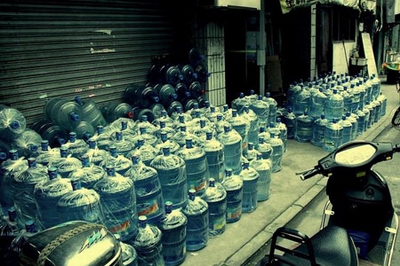
Researchers from Switzerland and China reviewed geological maps of the country, which provided them with information about climate, land use, rivers and elevation.
With this data, the researchers found types of rocks that are present in the land where they were able to point out areas where arsenic is most likely to be found.
In order to complete a full and accurate test, however, researchers will need to test nearly 10 million drinking wells throughout China, which could take decades.
Since the 1960s, China has had a problem with both arsenic- and fluoride-contaminated drinking water.
Consuming drinking water adulterated with arsenic could lead to neurological disorders, diabetes and cancer, while excessive fluoride may be associated with arthritis and tooth loss.
In a report detailing the exposure and health effects of drinking arsenic-contaminated water, the UN noted that initial short-term effects of acute arsenic poisoning would start out with a metallic taste, burning lips and violent vomiting, followed by multi-organ failures and death.
“Chances are you will find more contaminated wells than wells that are not contaminated," noted Dr. Annette Johnson, from the Swiss Federal Institute of Aquatic Science and Technology and co-author of the study.







